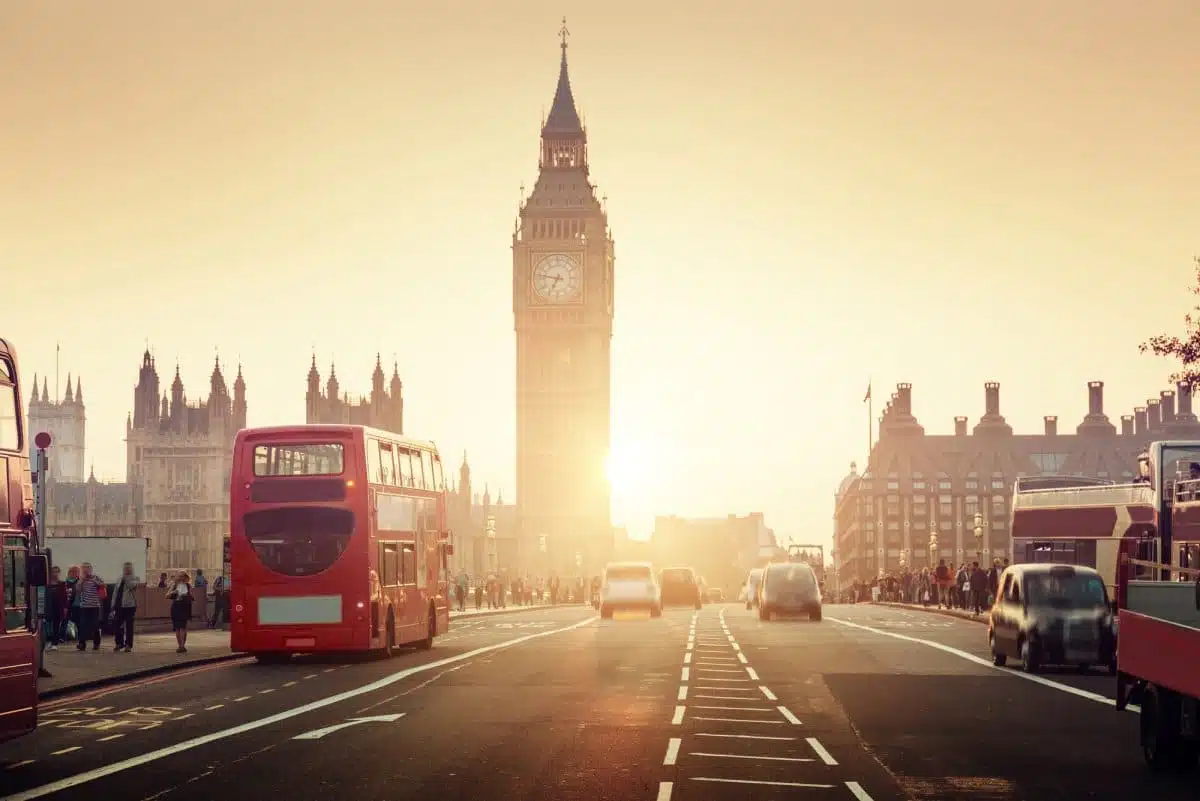The National Trust
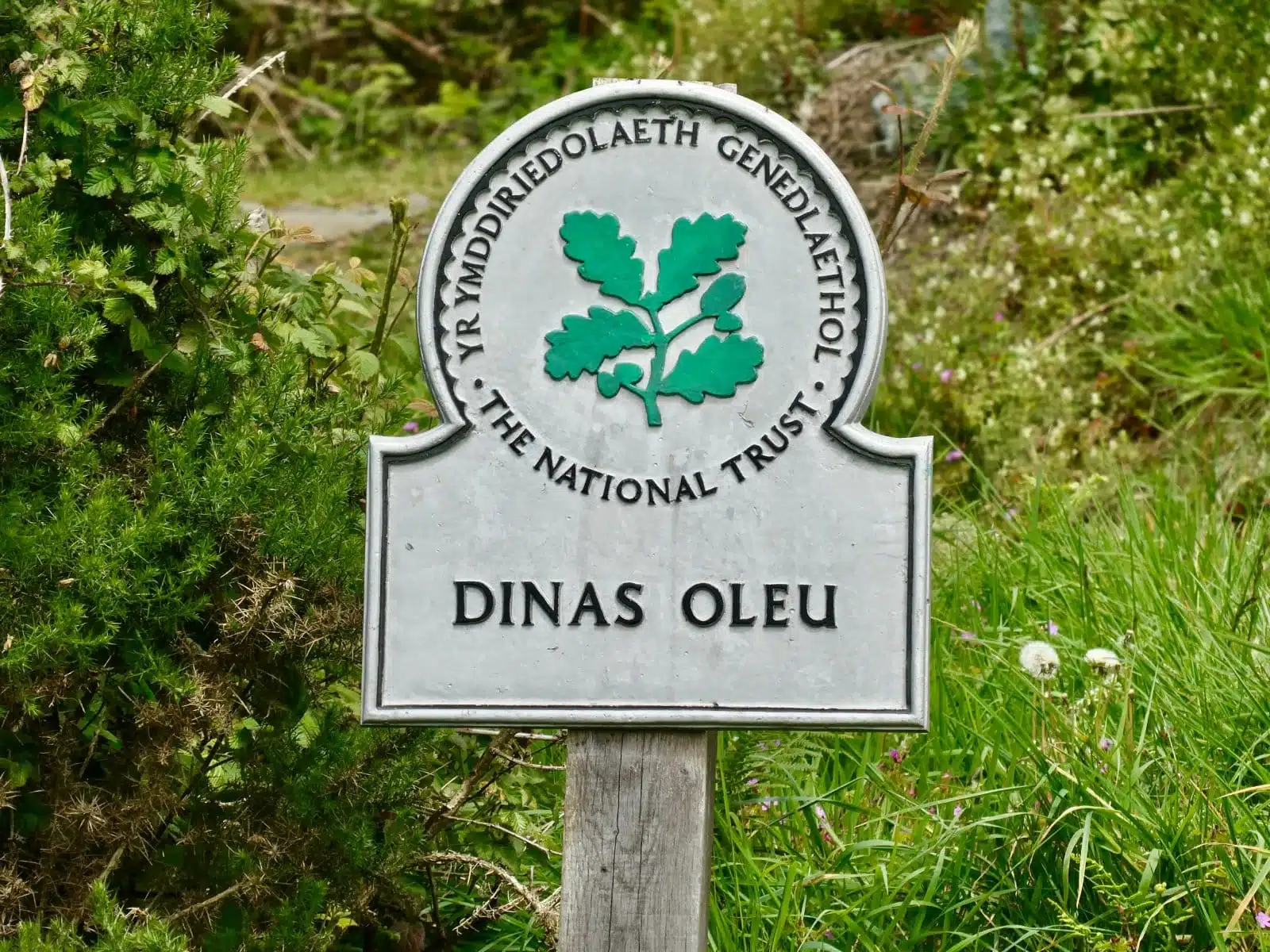
Image Credit: Shutterstock / Andy Sutherland
The National Trust for Places of Historic Interest or Natural Beauty, commonly known as the National Trust, is a conservation organization in the United Kingdom. It was founded in 1895 by three philanthropists: Octavia Hill, Sir Robert Hunter, and Canon Hardwicke Rawnsley. The trio was motivated by a concern for preserving the nation’s heritage and open spaces in response to rapid industrialization and urbanization.
The Trust’s inaugural purpose was to safeguard natural and built environments of significance or beauty for the nation’s benefit, ensuring public access and enjoyment. Its first property, acquired in 1896, was a modest 4.5 acres of cliff top at Dinas Oleu in Wales. This marked the beginning of a movement that would grow to become one of the world’s largest conservation organizations.
Over the years, the National Trust has expanded its portfolio significantly. By the early 20th century, it began to manage historic buildings and estates, starting with properties like Alfriston Clergy House in Sussex. The Trust’s scope further broadened after the Second World War, as many stately homes, struggling with high maintenance costs and taxes, were bequeathed to the Trust. This period saw a significant increase in the Trust’s responsibilities and holdings, including some of the UK’s most iconic landmarks and landscapes.
The National Trust operates under a simple yet powerful principle: to preserve and protect historic places and spaces—forever, for everyone. It relies on membership fees, donations, and legacies for funding. As of the 21st century, the Trust manages over 500 historic houses, castles, parks, and gardens, along with vast tracts of farmland, forests, and coastline.
The organization’s work extends beyond preservation. It is actively involved in educational programs, conservation projects, and promoting public access to natural and historical sites. The National Trust’s efforts ensure that the UK’s cultural and natural heritage is maintained for future generations, playing a crucial role in the nation’s identity and well-being.
1. Blenheim Palace, Oxfordshire
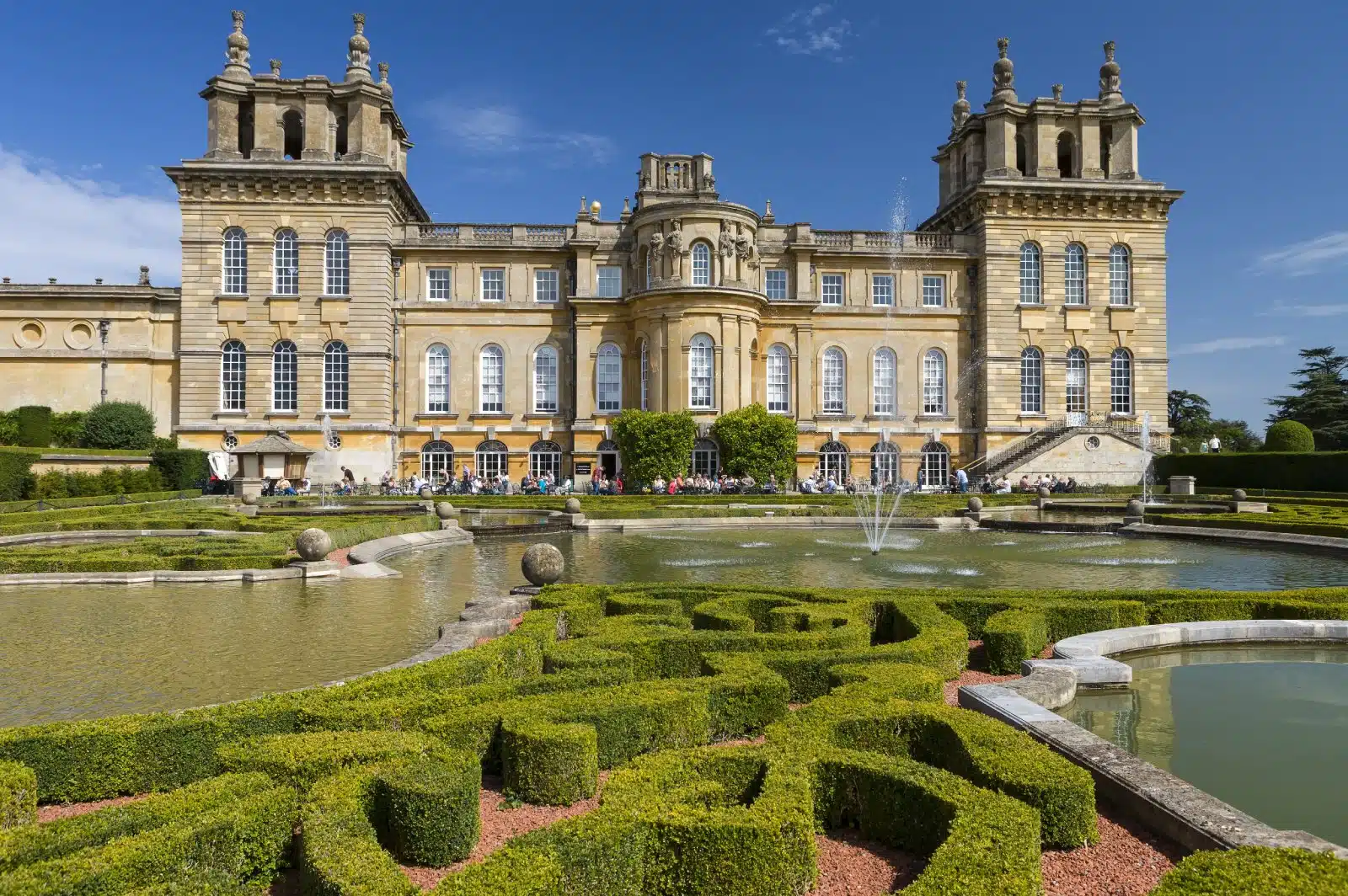
Image Credit: Shutterstock / Fulcanelli
Blenheim Palace, a UNESCO World Heritage Site in Oxfordshire, is a monumental country house in England renowned for its grandeur and historical significance. Built between 1705 and 1722, Sir John Vanbrugh designed the palace which is the principal residence of the Dukes of Marlborough. Its construction was a gift from Queen Anne and a grateful nation to John Churchill, 1st Duke of Marlborough, for his victory at the Battle of Blenheim in 1704. The palace is within over 2,000 acres of beautifully landscaped parkland, including formal gardens and a large lake, designed by Capability Brown, a leading landscape architect of the 18th century. Blenheim Palace is a masterpiece of English Baroque architecture and the birthplace of Sir Winston Churchill, adding layers of historical depth that visitors can explore through various exhibitions and tours available throughout the year.
Insider’s Tip: Don’t miss the opportunity to explore the vast estate on foot. The parkland and gardens offer numerous picturesque walks, including the path to the Column of Victory and the tranquil waterside route offering stunning views of the palace.
When to Travel: Spring (March to May) and autumn (September to November) are ideal, offering pleasant weather and the chance to see the gardens in bloom or the estate’s foliage in full autumnal glory.
How to Get There: Blenheim Palace is located in Woodstock, Oxfordshire, about 8 miles northwest of Oxford. The nearest train stations are Oxford and Hanborough, with regular bus services and taxis available to complete your journey to the palace.
2. Chatsworth House, Derbyshire
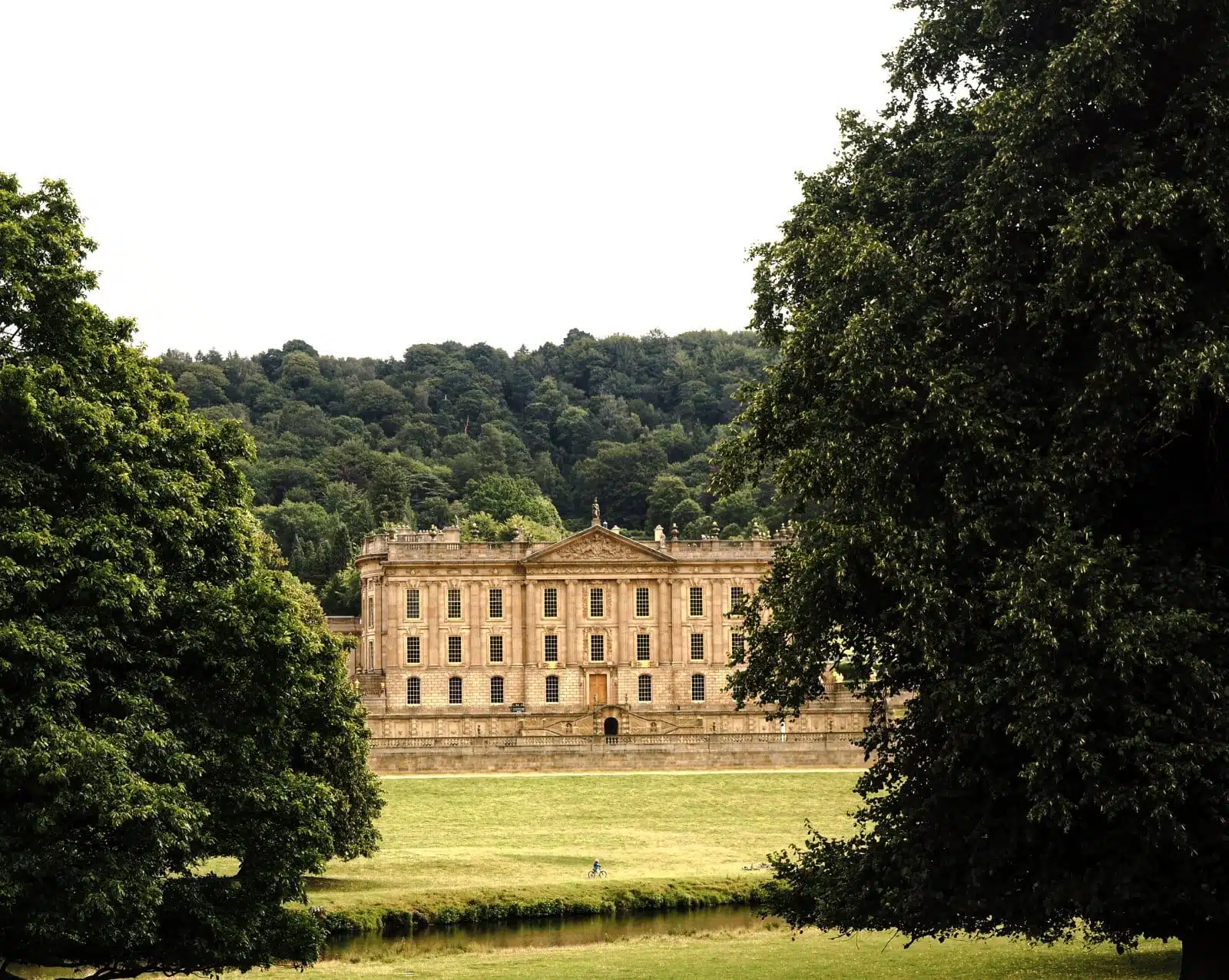
Image Credit: Shutterstock / Natalie Hulatt
Chatsworth House, nestled in the heart of the Peak District National Park, Derbyshire, is one of the most beloved historic estates in the UK. Home to the Cavendish family since the 16th century, it has been passed down through 16 generations of the Cavendish family. The house showcases a remarkable collection of art, furniture, and books accumulated over five centuries. The 105-acre garden has water features, sculptures, and meticulously maintained hedges and flowers, reflecting centuries of careful cultivation. The estate also encompasses a working farmyard and a 1,000-acre park on the banks of the River Derwent. Chatsworth has been featured in numerous films and TV shows, most notably as Mr. Darcy’s Pemberley in the 2005 adaptation of “Pride and Prejudice.”
Insider’s Tip: Make sure to visit the Chatsworth Garden in the late spring to witness the spectacular blooming of the Azalea Dell and the Kitchen Garden. For art enthusiasts, the Devonshire Collection in the house provides an unparalleled glimpse into the artistic heritage of one of Britain’s most important families.
When to Travel: Late spring through early autumn (May to September) offers the best experience, with the gardens and estate in full splendor.
How to Get There: Chatsworth House is located near Bakewell in Derbyshire. The nearest train station is Chesterfield, from which buses run directly to Chatsworth. By road, it is accessible via the M1 motorway, with ample parking available on-site.
3. Sissinghurst Castle Garden, Kent
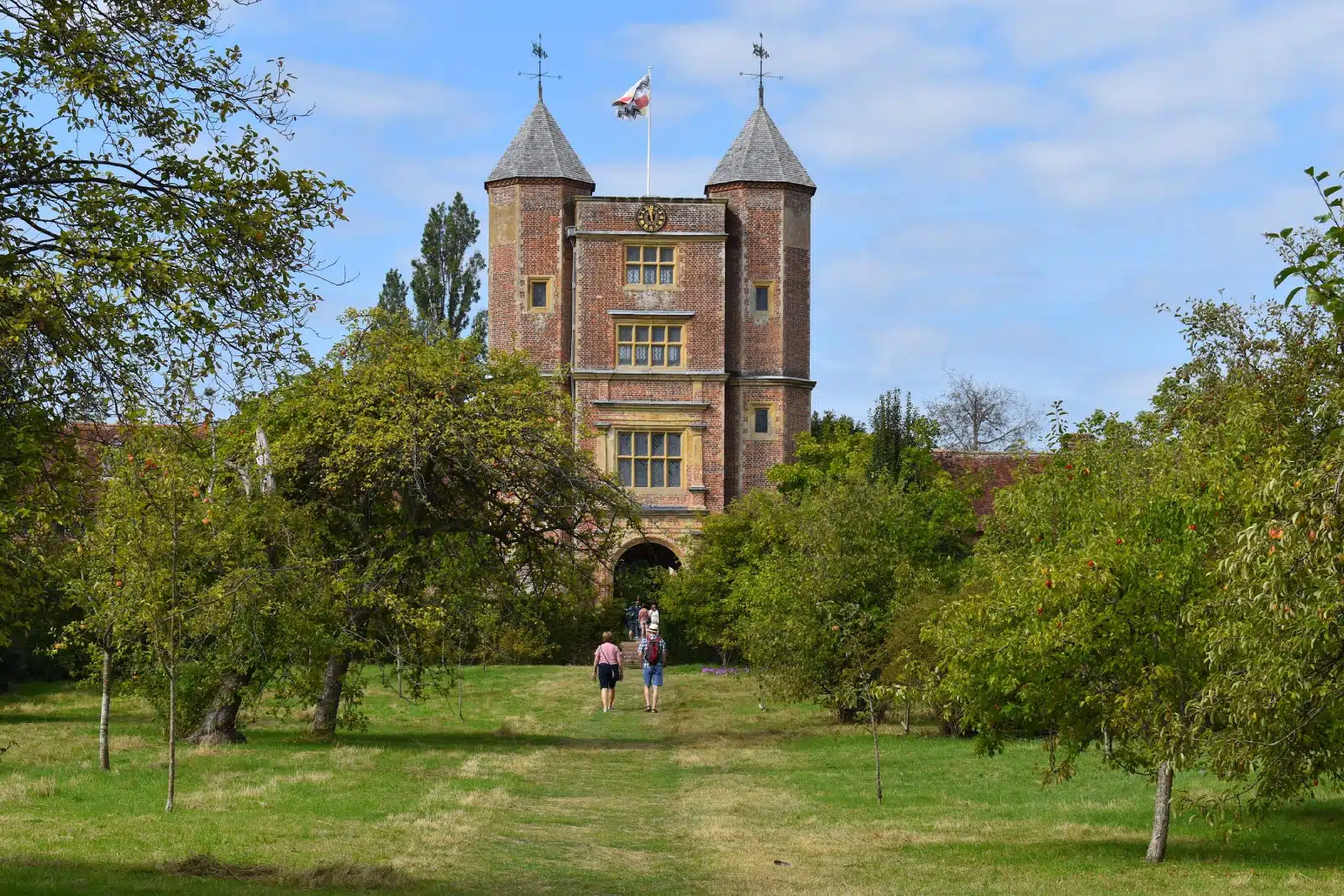
Image Credit: Shutterstock / Rusana Krasteva
Sissinghurst Castle Garden in Kent is a prime example of garden design of the 20th century, created by Vita Sackville-West, a poet and writer, and her husband Harold Nicolson, a diplomat, and author, in the 1930s. Although there is a tower and some historical structures, the true marvel of Sissinghurst is its garden. Divided into a series of “rooms,” each with its own unique theme and palette, the garden is a testament to the couple’s innovative design and deep love for gardening. The White Garden and the Rose Garden are particularly renowned, drawing visitors from around the world. The estate also offers expansive views of the Kent countryside from the top of the tower, originally part of a Tudor mansion.
Insider’s Tip: Visit in early summer to see the Rose Garden in full bloom, an unforgettable sight. For a more serene experience, explore the garden late in the afternoon when the crowds have thinned.
When to Travel: The best time to visit is late spring to early summer (May to July), as the gardens are in their prime.
How to Get There: Sissinghurst is near Cranbrook in the Weald of Kent. Staplehurst and Ashford International are the nearest train stations, from which you can take a taxi to the estate.
4. The Tower of London, London
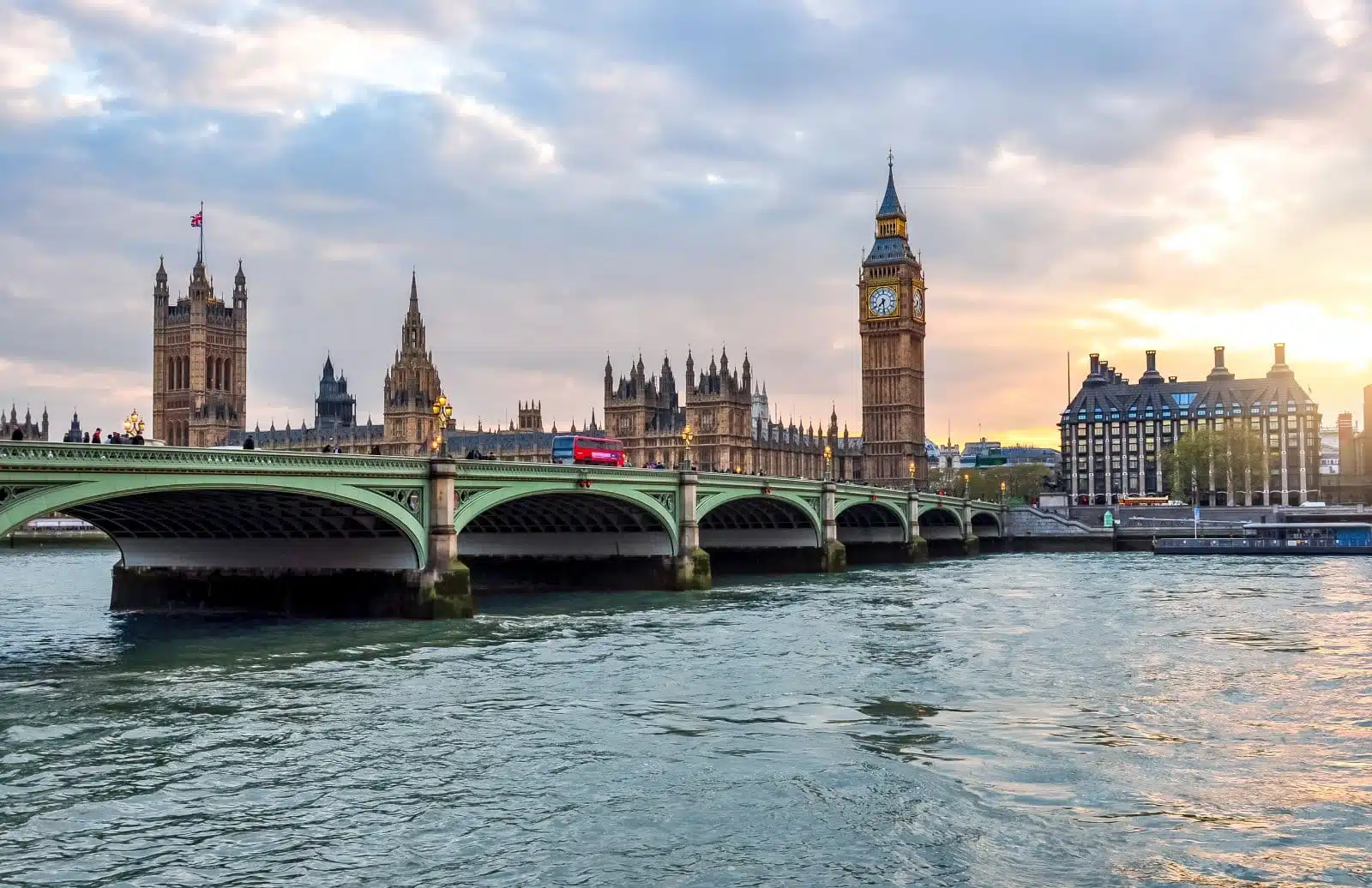
Image Credit: Shutterstock / Mistervlad
The Tower of London, a historic castle on the north bank of the River Thames in central London, is not only one of the most important buildings in England but also a pivotal site in British history. Founded towards the end of 1066 as part of the Norman Conquest, the Tower has served variously as a royal residence, treasury, menagerie, armory, and prison. Today, it’s best known for housing the Crown Jewels and its role in the history of the British monarchy. Visitors can explore the White Tower, the medieval king’s bed-chamber, the infamous Bloody Tower, and the battlements, offering insights into England’s past and the Tower’s role in it.
Insider’s Tip: To avoid the crowds, arrive early in the morning or book a late afternoon entry. Don’t miss the Yeoman Warder tours for engaging tales of intrigue, imprisonment, execution, and torture.
When to Travel: The Tower is open year-round, but visiting in the shoulder seasons (spring and autumn) can mean fewer tourists and a more pleasant experience.
How to Get There: The Tower is located in the City of London, accessible by Tube (Tower Hill Station), bus, and riverboat services to Tower Pier.
5. Stourhead, Wiltshire
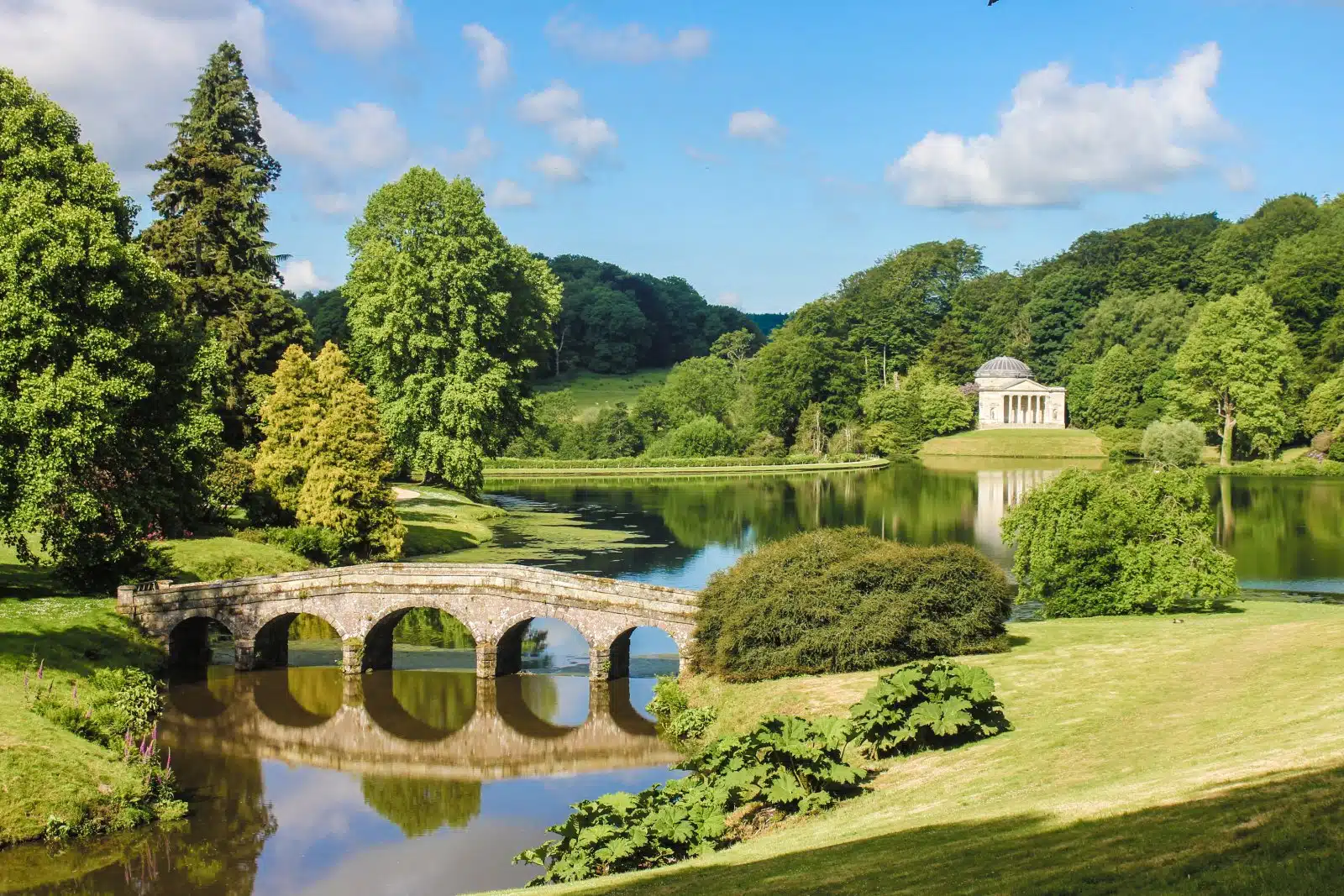
Image Credit: Shutterstock / Fabio Reis
Stourhead in Wiltshire is renowned for its world-famous landscape garden. Created by Henry Hoare II in the 1740s, the garden, with its magnificent lake reflecting classical temples, mystical grottoes, and rare and exotic trees, is a masterpiece of English landscape gardening. The Palladian mansion, home to the Hoare family for over two centuries, houses a unique Regency library and a significant collection of Chippendale furniture and Hoare family heirlooms. The surrounding estate and woodland walks offer extensive views of the beautiful Wiltshire countryside.
Insider’s Tip: The garden is designed to be a living work of art, with vistas and scenes unfolding as you walk through. Autumn is particularly spectacular when the foliage turns vibrant golden, red, and orange shades.
When to Travel: Spring and autumn are the best times to visit Stourhead to see the gardens in bloom and the autumnal colors.
How to Get There: Stourhead is located near Mere, Wiltshire, off the A303. The nearest train station is Gillingham (Dorset), a short taxi ride away.
6. Hardwick Hall, Derbyshire
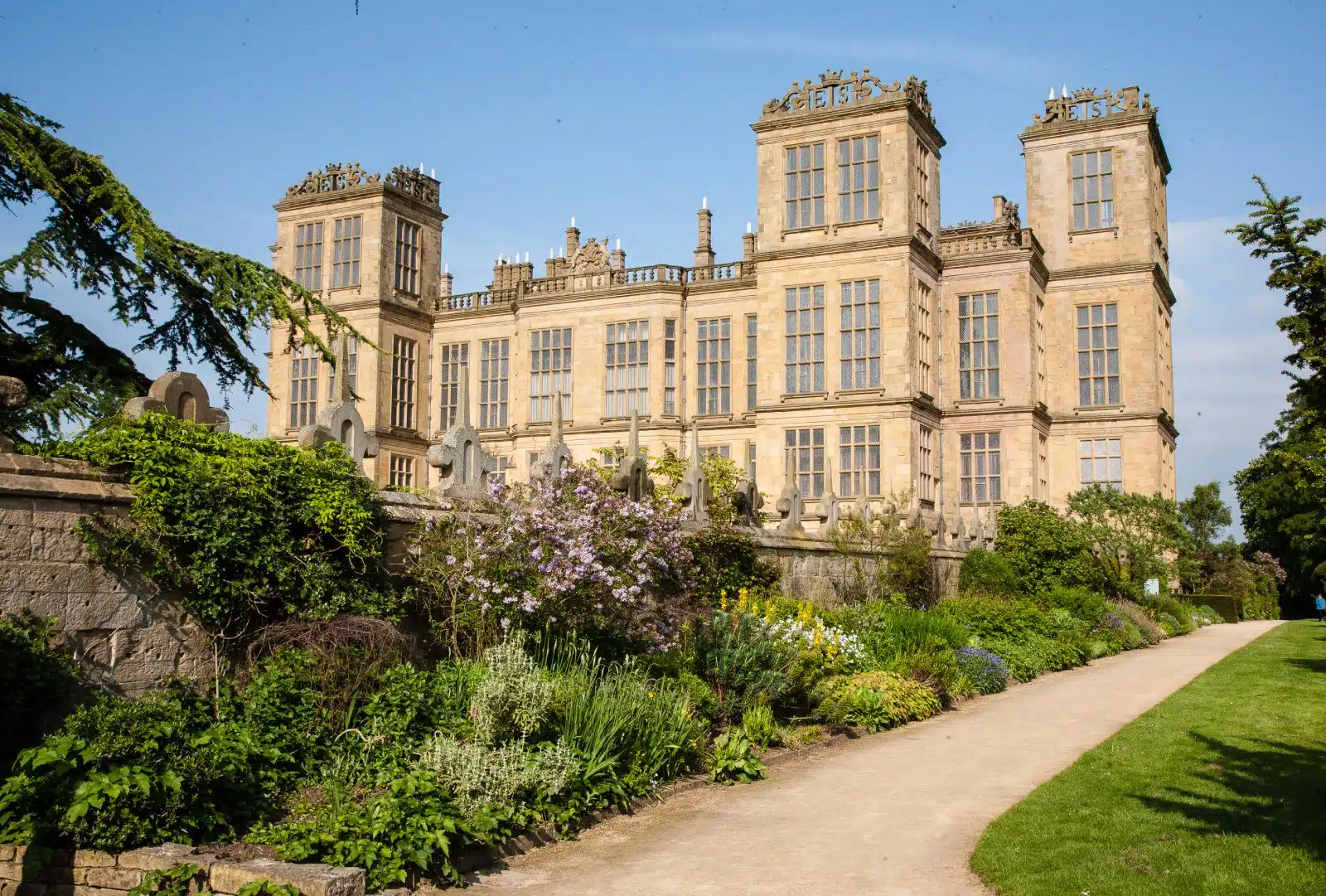
Image Credit: Shutterstock / abcbritain
Hardwick Hall, in Derbyshire, is one of England’s most significant Elizabethan country houses. Built in the late 16th century for Bess of Hardwick, one of the wealthiest women of her time, the hall is renowned for its stunning architecture, including the large proportion of glass (‘Hardwick Hall, more glass than wall’) and its preserved Elizabethan interiors. The estate also features beautiful gardens and a park with ancient woodland, offering a glimpse into the lifestyle of the Elizabethan aristocracy.
Insider’s Tip: Make sure to explore both the hall and the gardens. The Hall’s textiles and tapestry collection is among the world’s finest, and the tranquil walled gardens are perfect for a peaceful stroll.
When to Travel: Spring through autumn (March to October) provides the most enjoyable weather for exploring the gardens and the surrounding parkland.
How to Get There: Hardwick Hall is located in Derbyshire, close to Chesterfield. The nearest train station is Chesterfield, from which it’s a short taxi ride to the estate.
7. Lanhydrock, Cornwall
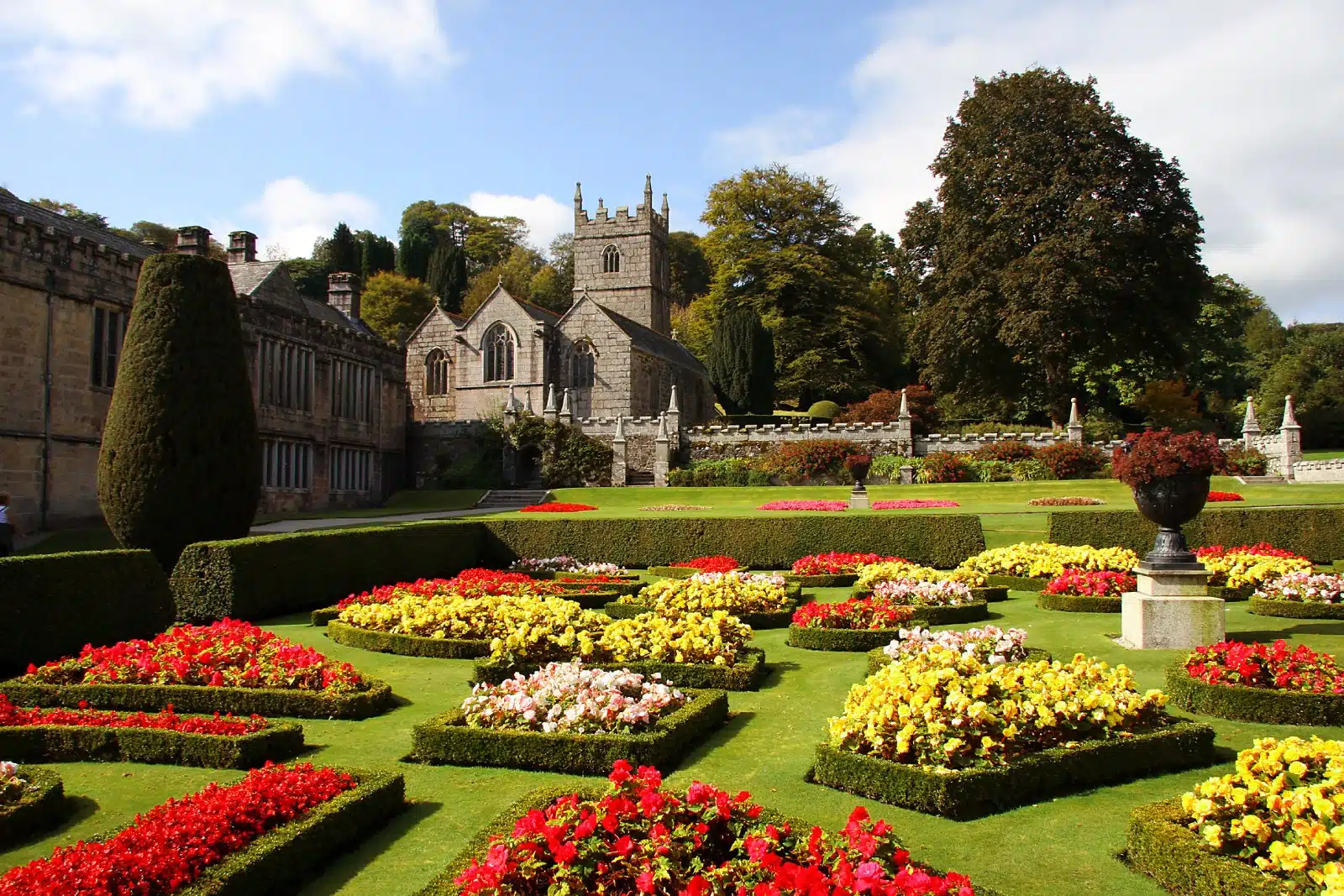
Image Credit: Shutterstock / Tomas Marek
Near Bodmin in Cornwall, Lanhydrock is a magnificent late Victorian country house with extensive servants’ quarters, gardens, and a wooded estate. Owned and managed by the National Trust, Lanhydrock provides a detailed insight into the upstairs-downstairs life of the Victorian era. The house, rebuilt in the late 19th century after a devastating fire, showcases the high Victorian era’s luxuries and technologies alongside beautifully preserved kitchens, nurseries, and servants’ quarters that offer a glimpse into the daily life of those who worked there. The surrounding gardens and estate feature ancient woodlands and tranquil riverside paths, making it an ideal location for history enthusiasts and nature lovers.
Insider’s Tip: Don’t miss the opportunity to visit the estate’s church, which predates the current house and contains beautiful monuments to the Robartes family, who owned Lanhydrock for centuries. Spring visits are particularly rewarding when the gardens and woodlands come alive with flowers.
When to Travel: Spring and early summer (April to June) are the best times to visit, with the gardens in full bloom and the weather more conducive to exploring the extensive estate.
How to Get There: Lanhydrock is located just south of Bodmin, Cornwall. The nearest train station is Bodmin Parkway, from which the estate can be reached by taxi or a pleasant walk.
8. Petworth House, West Sussex
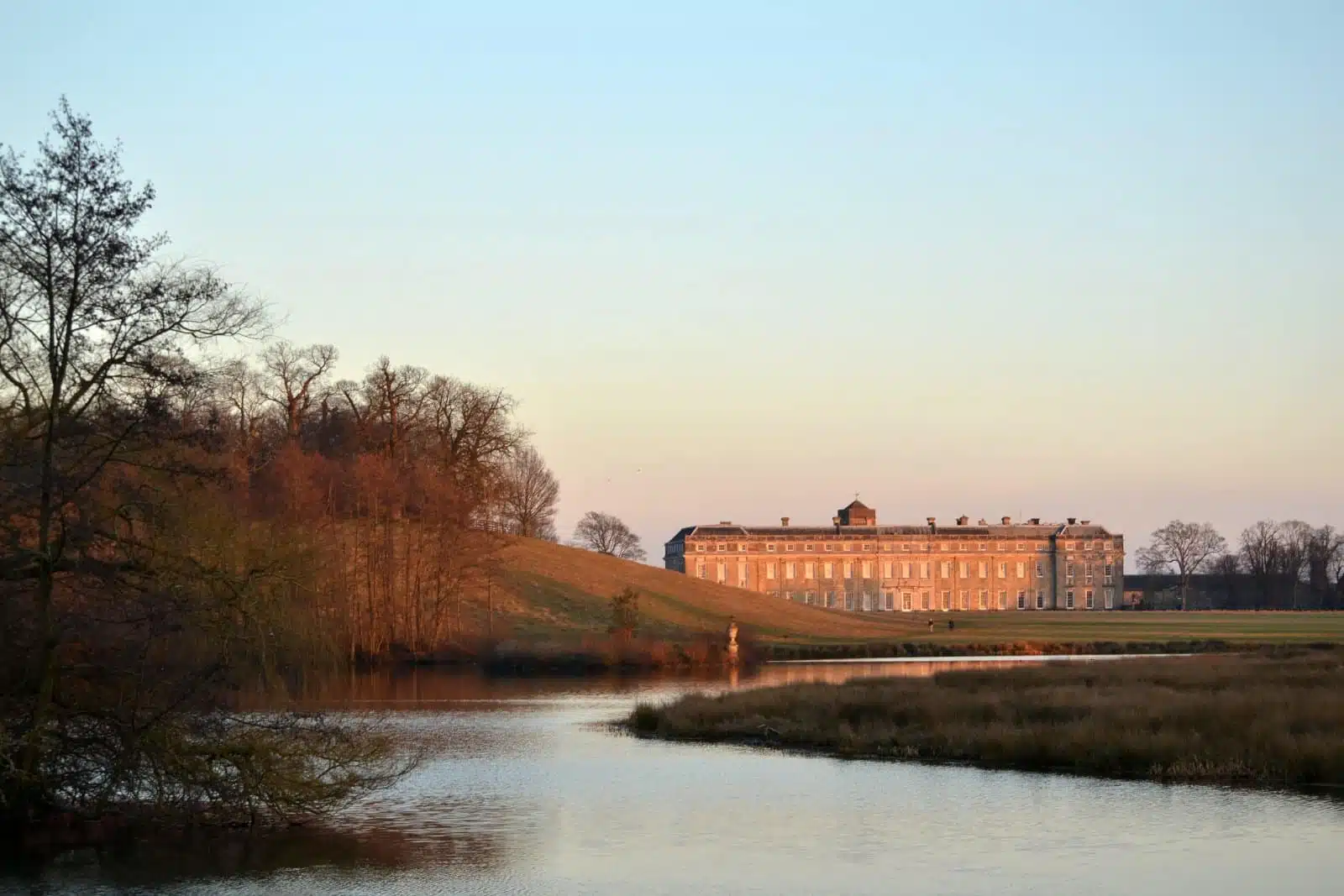
Image Credit: Shutterstock / JoannaCleeve
Petworth House in West Sussex is a grand 17th-century mansion surrounded by a 700-acre deer park landscaped by Capability Brown. The house is renowned for its impressive collection of art, including works by Turner, Van Dyck, and Reynolds, and its richly decorated staterooms that reflect the wealth and taste of its historical occupants, notably the Percy family, the Dukes of Northumberland. The grounds of Petworth House are equally impressive, offering sweeping views, serene lakes, and meandering paths through the parkland, where herds of deer roam freely.
Insider’s Tip: Art enthusiasts should make a beeline for the North Gallery, which houses the finest paintings in the collection. For a unique experience, visit during autumn to witness the deer rut in the park, a natural spectacle set against the backdrop of stunning fall colors.
When to Travel: Spring through autumn (March to October) offers the most pleasant weather for exploring the house and the grounds, with each season bringing its charm.
How to Get There: Petworth is located in the heart of West Sussex. The nearest train stations are Pulborough and Haslemere, with local bus services and taxis available to complete the journey to Petworth House.
9. Waddesdon Manor, Buckinghamshire
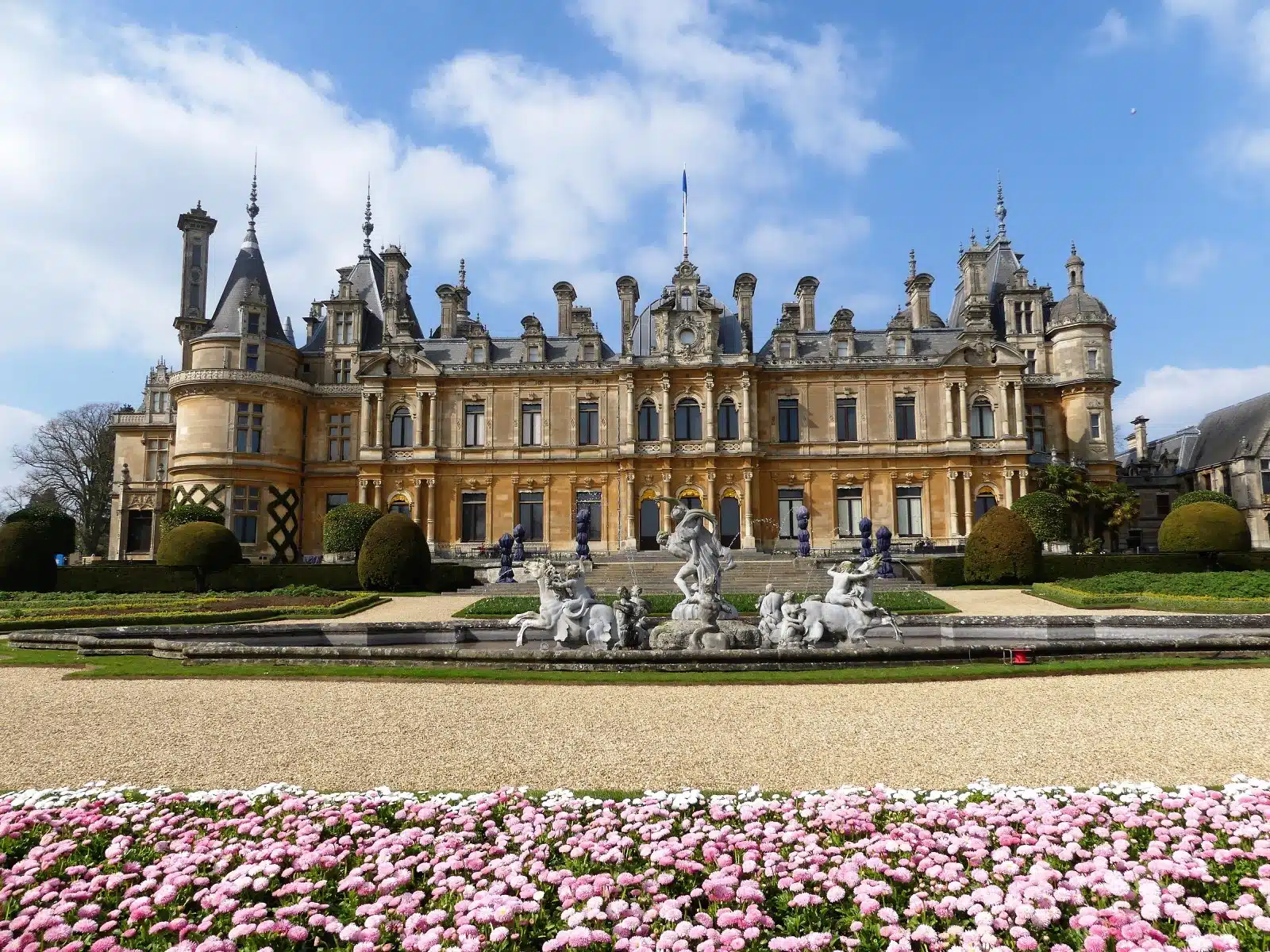
Image Credit: Shutterstock / Peter_Fleming
In the heart of Buckinghamshire, Waddesdon Manor is a remarkable Renaissance-style chateau built in the late 19th century by Baron Ferdinand de Rothschild to display his outstanding collection of art, furniture, and tapestries. The house is set in formal gardens and an English landscape park, offering stunning views over the Vale of Aylesbury. Visitors can explore elaborately decorated rooms that house an exceptional collection of French 18th-century decorative arts and English portraits. The gardens, with their seasonal displays, Victorian aviary, and themed walks, are not to be missed.
Insider’s Tip: Make sure to check the events calendar before your visit; Waddesdon Manor hosts a variety of special events throughout the year, including a spectacular Christmas market and light show that transform the estate into a winter wonderland.
When to Travel: Waddesdon Manor is enchanting year-round, but the spring and summer months (April to August) are ideal for garden visits, while the Christmas season offers unique festive attractions.
How to Get There: Waddesdon Manor is located near Aylesbury in Buckinghamshire. The nearest train stations are Aylesbury and Bicester, with local bus services available to Waddesdon Village and a short shuttle bus ride to the Manor.
10. Castle Howard, North Yorkshire
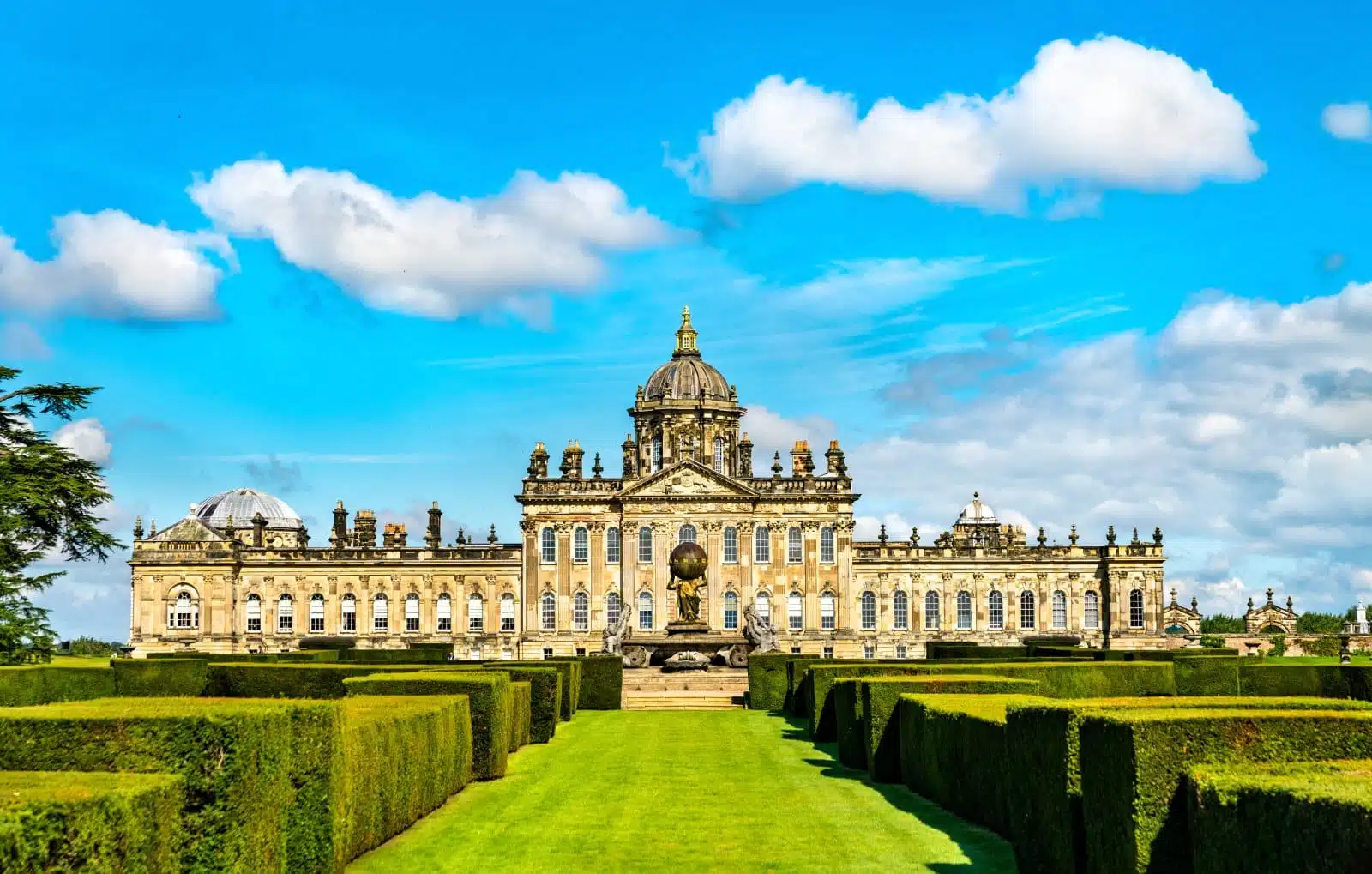
Image Credit: Shutterstock / Leonid Andronov
Castle Howard, not a National Trust property but part of the Historic Houses Association, is one of England’s most magnificent stately homes. Located in North Yorkshire, this 18th-century residence is set within 1,000 acres of breathtaking landscape in the Howardian Hills, an Area of Outstanding Natural Beauty. The house, famously used as a location for the adaptation of Evelyn Waugh’s “Brideshead Revisited,” showcases an extensive collection of art and furniture set within stunning architectural features, including the iconic dome. The grounds feature beautiful gardens, lakes, woodland walks, and an adventure playground for younger visitors.
Insider’s Tip: Don’t miss the opportunity to take a guided tour of the house to learn about its fascinating history and the Howard family, who have resided there for over 300 years. The boat trips on the Great Lake during the summer offer a unique estate perspective.
When to Travel: The estate is beautiful in all seasons, but the gardens are particularly stunning from spring to early autumn (April to September), with various blooms and the landscape’s changing colors.
How to Get There: Castle Howard is located 15 miles north-east of York. The nearest train station is York, from which you can take a bus directly to Castle Howard.
11. Knole, Kent
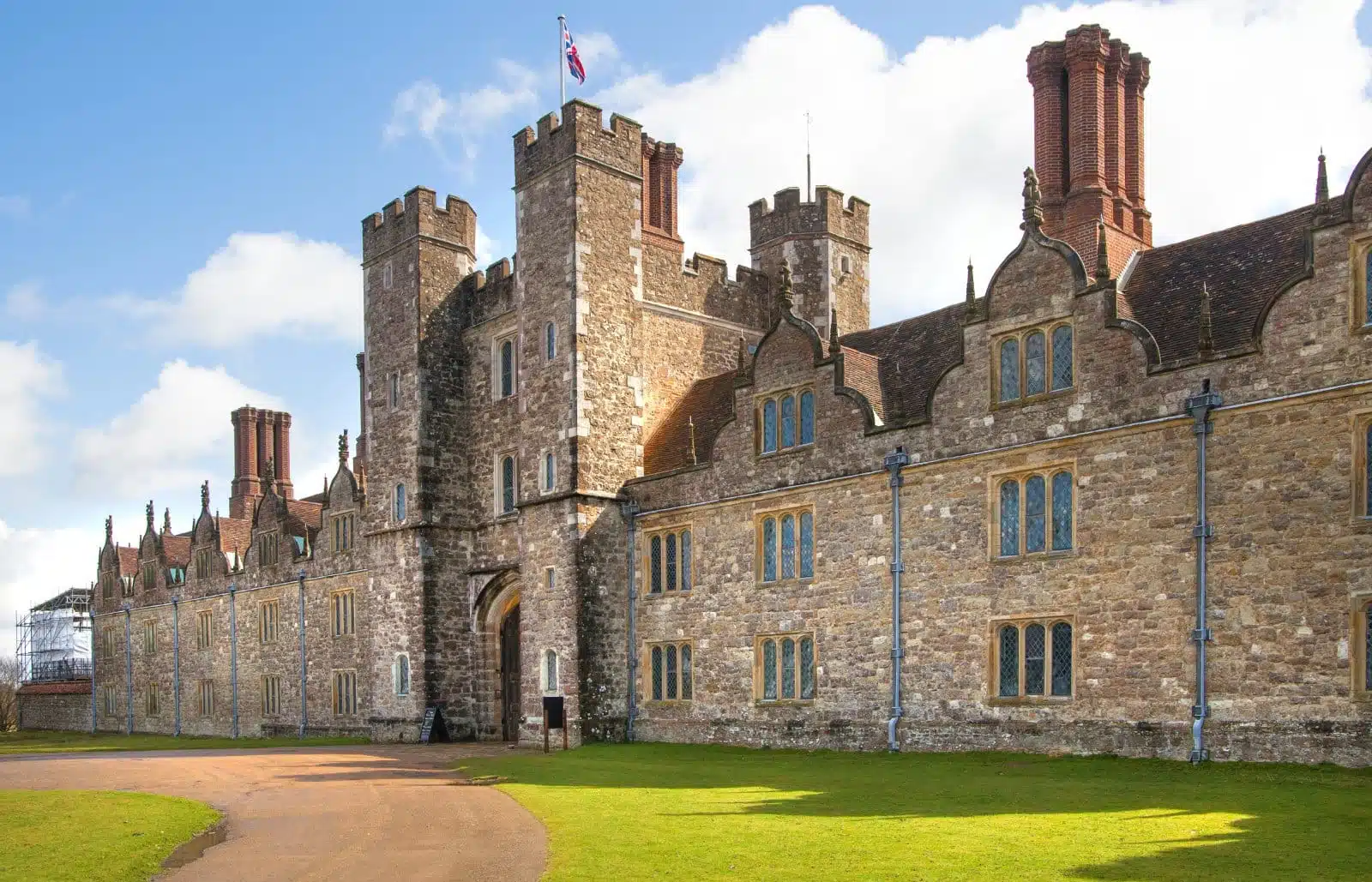
Image Credit: Shutterstock / IR Stone
Knole, set within Kent’s last medieval deer park, offers a glimpse into the grandeur and history of Tudor England. Owned by the National Trust, this 600-year-old estate was once the palace of archbishops and passed through royalty before becoming the property of the Sackville family. The house is famed for its unique collection of royal Stuart furniture, textiles, and portraits. Visitors can explore the showrooms, the gatehouse tower, and the extensive 1,000-acre parkland, home to a large population of wild deer.
Insider’s Tip: Venture into the park at dawn or dusk for a chance to see the deer up close in their natural habitat, offering a peaceful and picturesque experience.
When to Travel: Spring and autumn are the best times to visit Knole, with the parkland and gardens offering beautiful scenery and the house less crowded.
How to Get There: Knole is located in Sevenoaks, Kent. The nearest train station is Sevenoaks, from which the estate is a short walk or taxi ride away.
12. Bodnant Garden, Conwy, Wales
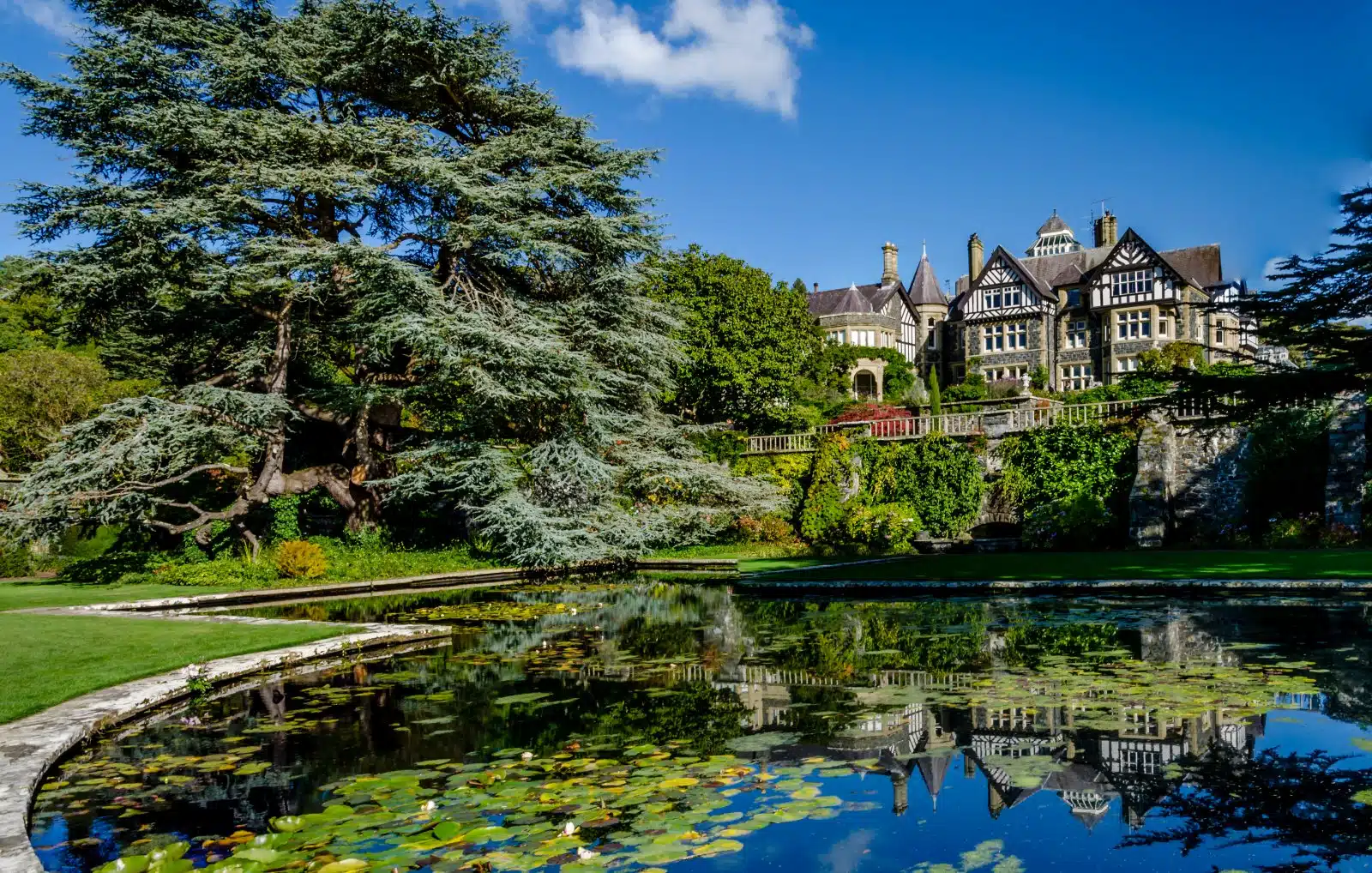
Image Credit: Shutterstock / Charlie Chester
Bodnant Garden, managed by the National Trust, is one of the UK’s most spectacular and diverse gardens. Located in North Wales, overlooking the Conwy Valley towards the Snowdonia range, the 80-acre garden is famous for its Laburnum Arch, Italianate terraces, sprawling lawns, and a wide variety of plant species worldwide. Established in 1874, Bodnant Garden has been developed by five generations of one family and offers year-round beauty with its collections of magnolias, camellias, rhododendrons, and herbaceous borders.
Insider’s Tip: The Laburnum Arch, in full bloom in late May or early June, is a must-see, creating a stunning golden tunnel of flowers. Visiting early in the morning or late in the afternoon can help avoid the crowds.
When to Travel: While Bodnant Garden is open year-round, spring (late May to early June) is particularly magical with the Laburnum Arch and rhododendrons in bloom, though every season offers its own charm.
How to Get There: Bodnant Garden is located near Tal-y-Cafn, Conwy, in North Wales. The nearest train station is Tal-y-Cafn, with the garden just a short distance away.
The Bottom Line

Image Credit: Shutterstock / Zigres
The historic homes and gardens of the UK offer a unique window into the country’s past, showcasing centuries of history, architecture, and horticulture. Each site tells a story of the people who lived there and the landscape they shaped. Visiting these estates not only provides a chance to step back in time but also supports the preservation of these important cultural landmarks. Whether you’re drawn to the opulence of stately homes, the tranquility of historic gardens, or the magic of ancient castles, the UK’s National Trust and Historic Houses Association properties offer unforgettable experiences that bring history to life. Plan your visits with the seasons in mind, engage with the rich stories of each location, and enjoy the beauty and heritage of the British Isles.
More From The Green Voyage
12 Best Practices for Sustainable Travel in 2024 – How to Travel With Minimal Environmental Impact
Unlocking Hotel Perks – A Traveler’s Guide to Maximizing Hotel Reward Programs for Optimal Benefits
Travel Hacks for Frequent Flyers – 6 Tips and Tricks to Make the Best of Air Travel
The post 12 Historic National Trust Homes of the UK – A Journey Through Time 2024 first appeared on The Green Voyage.
Featured Image Credit: Shutterstock / ESB Professional.
For transparency, this content was partly developed with AI assistance and carefully curated by an experienced editor to be informative and ensure accuracy.
Tips for Trip Success
Book Your Flight
Find an inexpensive flight by using Kayak, a favorite of ours because it regularly returns less expensive flight options from a variety of airlines.
Book Your Hotel or Special Accommodation
We are big fans of Booking.com. We like their review system and photos. If we want to see more reviews and additional booking options, we go to Expedia.
You Need Travel Insurance!
Good travel insurance means having total peace of mind. Travel insurance protects you when your medical insurance often will not and better than what you get from your credit card. It will provide comprehensive coverage should you need medical treatment or return to the United States, compensation for trip interruption, baggage loss, and other situations.Find the Perfect Insurance Plan for Your Trip
